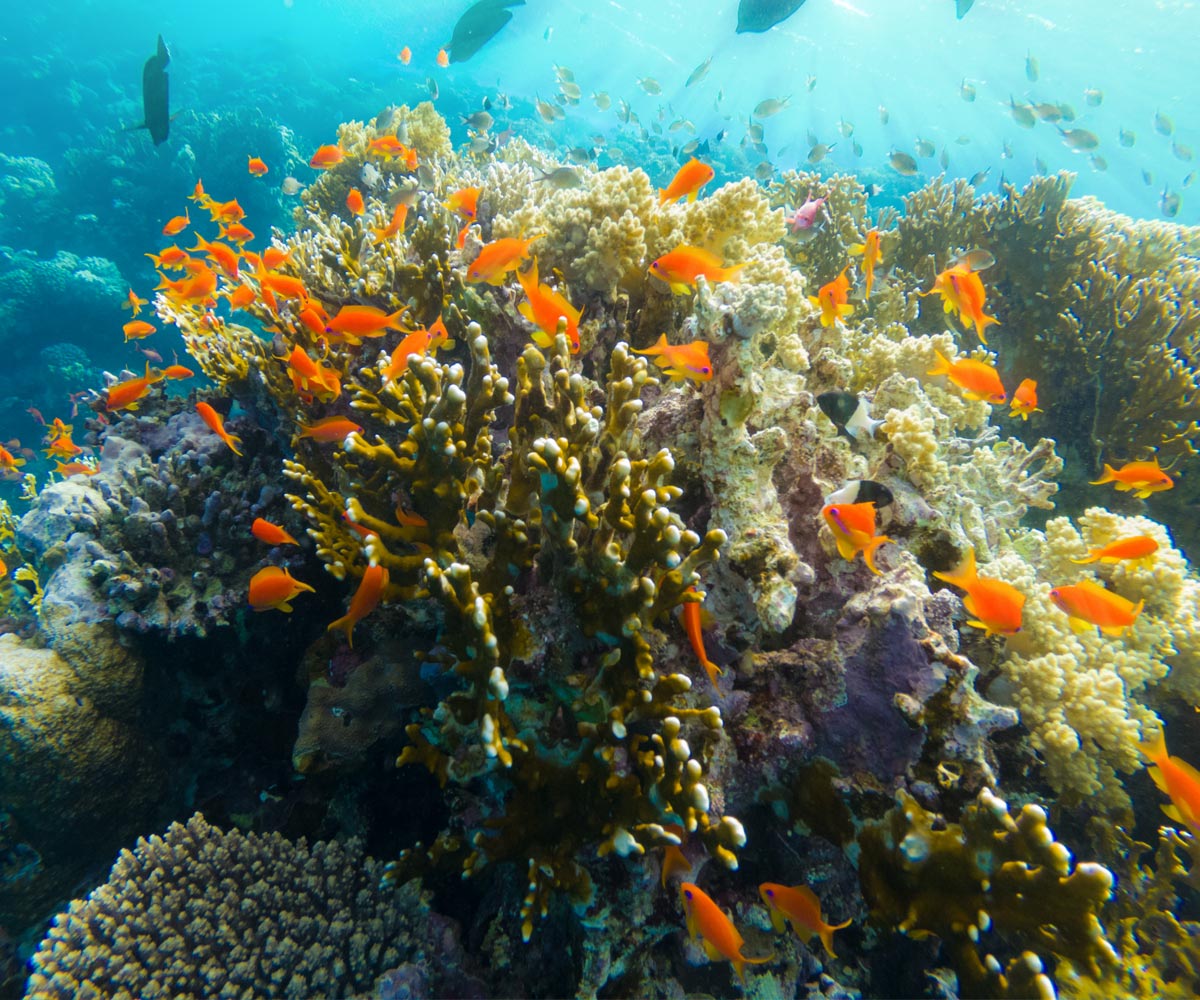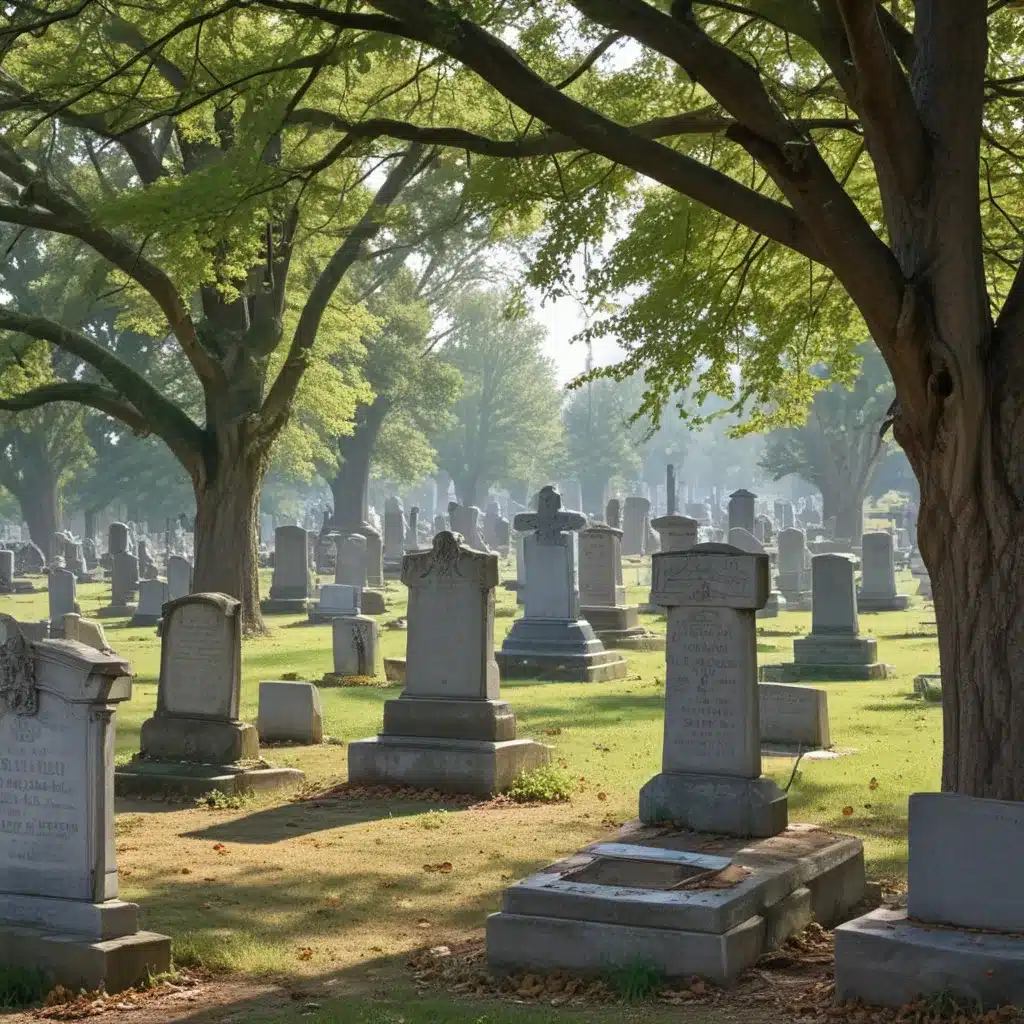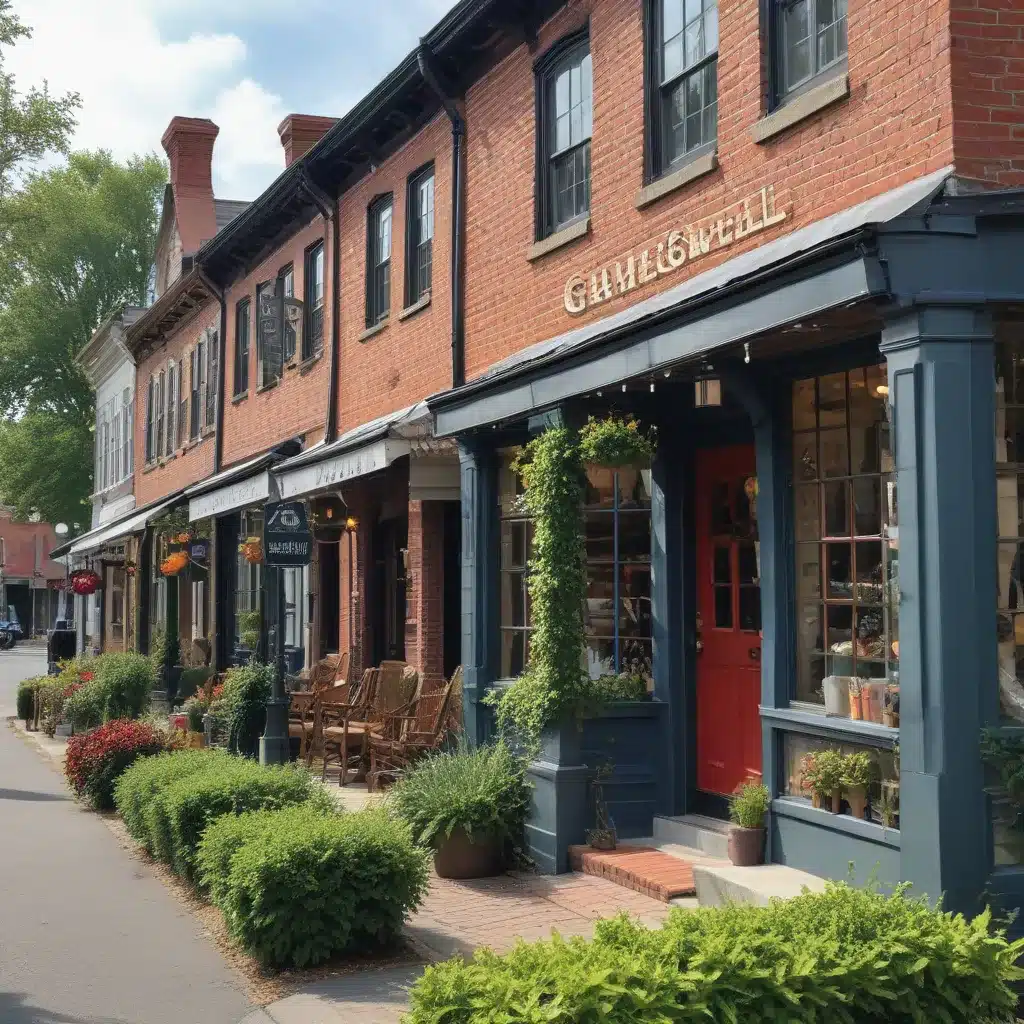Wandering through Caldwell County, I’ve witnessed wildlife wonders that’ve whispered to my soul. It’s here where prairie skies parade an array of birds, and meadows murmur with the movement of majestic mammals. I’ve lingered by lush wetlands, home to hidden amphibians and reptiled residents, and dived into the depths of local waters teeming with aquatic life. Join me as I unveil the county’s natural treasures and share secrets for capturing these moments forever.
Key Takeaways
- Caldwell County is home to diverse natural habitats, including undulating hills, fertile valleys, and meadows that support a variety of plant and animal species.
- The county boasts a rich array of bird species, from majestic raptors like red-tailed hawks and prairie falcons to smaller species like meadowlarks and bluebirds, creating intimate moments in the prairie.
- Reptiles and amphibians thrive in Caldwell County, with species like Eastern box turtles, Northern black racers, and Southern Leopard Frogs adding to the region’s biodiversity.
- Insects, particularly bees, butterflies, and hummingbirds, play a vital role in pollination and are essential to the survival of local ecosystems, contributing to the grand painting of biodiversity in the area.
Exploring Caldwell’s Biodiversity
As I delve into Caldwell County’s natural habitats, I’m struck by the sheer variety of species that call this place home. The Caldwell geology, with its undulating hills and rich, fertile valleys, has sculpted a landscape that is a mosaic of ecosystems. Each rock, each stream, seems to whisper secrets of the past, shaping the present diversity we see today.
The flora here is a testament to resilience and evolution. Plant adaptations are not just academic terms; they’re living poetry in Caldwell. I’ve seen wildflowers threading through the crevices of limestone, their roots gripping the rocky substrate with a tenacity that speaks of eons of learning and adjusting. Trees arching overhead have learned to dance with the wind, their leaves shimmering in the sunlight, each a marvel of design, perfectly attuned to the rhythm of Caldwell’s seasons.
What’s captivating is how these adaptations aren’t just survival tactics, but strokes of artistry that define this land. The way a cactus stores water or a wild orchid pollinates speaks to a symbiosis that feels almost personal, a bond between the land and its children.
And the creatures! Birds that cut across the sky with wings painted by the sunset, insects that craft micro-worlds underfoot, mammals that roam the woods, all are threads in the intricate tapestry of life here. Each time I witness a deer leap gracefully over a creek or hear the chorus of frogs as twilight descends, I’m reminded that Caldwell County’s biodiversity isn’t just a fact to be stated—it’s a love affair to be experienced.
Birds of the Prairie Skies
In Caldwell County, I’ve discovered that dozens of bird species grace the prairie skies, each with its own unique song and flight pattern that contribute to the region’s vibrant avian community. As I traverse the rolling grasslands, I’m greeted by a chorus of sky songbirds, their melodies a testament to the thriving ecosystem here.
The dance of feathered migrations is a spectacle that captures my heart each year. I’ve watched in awe as flocks of sandhill cranes etch patterns across the canvas of the sky, their synchronized wingbeats a rhythmic ballet against the backdrop of a setting sun. It’s not just the sight that’s enchanting, but also their calls, a wild symphony that speaks of ancient journeys repeated with each passing season.
With every visit, I’m blessed to encounter the majestic red-tailed hawk, its piercing gaze surveying the land from above. The swift prairie falcon, too, makes its presence known, streaking through the air with a precision that leaves me breathless. These raptors are the sentinels of the skies, their very essence woven into the fabric of the prairie.
The charm of the smaller species, like the flitting meadowlark with its bright yellow breast, can’t be overlooked. It’s the intimate moments, watching a pair of bluebirds tend to their nest or a bobolink serenading the dawn, that create a deep, personal connection to this land.
As a nature lover, I’m endlessly fascinated by the avian life here. Each bird, from the tiniest sparrow to the grandest eagle, plays its part in the symphony of Caldwell County’s prairie skies, their feathered migrations a reminder of the enduring cycles of nature that I’m privileged to witness.
Mammals Amidst the Meadows
Shifting my gaze from the avian ballet above, I’m equally captivated by the mammalian tapestry unfurling across Caldwell County’s meadows. The dance of life here is intimate, personal. I watch as the meadow predators, the silent and stealthy foxes, move with a grace that belies their ferocity. Their auburn fur ripples with each calculated step, eyes locked on the unsuspecting field mice that dart through the grasses.
The grazing patterns of larger mammals, like the serene deer, are a testament to the meadow’s richness. They move with a gentle purpose, their presence a calming influence on the bustling prairie. It’s as if each nibble of the verdant grass is a whispered secret between them and the earth—a shared intimacy that I, as a silent observer, can only long to understand.
Here’s a glimpse into the lives of these creatures that call the meadows home:
| Species | Notable Behaviors |
|---|---|
| Red Fox | Nocturnal hunting, keen territorial sense |
| White-tailed Deer | Crepuscular grazing, social herding |
| Eastern Cottontail | Vigilant foraging, swift escape tactics |
Every creature has its role, its pattern, its story woven into the fabric of Caldwell’s wild meadows. The rabbits, with their ears perpetually tuned to the sounds of danger, embody a nervous energy that’s as infectious as it is endearing. They’re the heartbeat of the meadow, their rapid thumping a drumline to the symphony of life.
As I immerse myself deeper, I can’t help but feel a part of this living tapestry, a silent thread interwoven with theirs. It’s a privilege to witness, to be so close to the raw beauty and intricate balance of nature right here in Caldwell County.
Reptilian Residents Up Close
Turning our gaze to the ground and the occasional sun-dappled rock, I’m eager to introduce you to Caldwell County’s scaly denizens. From the stealthy Eastern box turtle to the keen-eyed rat snake, identifying these common reptiles is both a thrill and a cornerstone of understanding our local biodiversity. It’s our collective duty to safeguard their habitats, ensuring that these remarkable creatures continue to thrive in our cherished woodlands and waterways.
Common Species Identification
I’ve encountered numerous reptilian species in Caldwell County, each with distinctive markings and behaviors that make them fascinating to observe. As a nature lover, I’m always enthralled by the subtle beauty and complexity of these creatures, akin to the delicate feather patterns of birds or the essential work of plant pollinators. Here’s a glimpse at some of the locals:
- Eastern Box Turtle: Sporting a high-domed shell with vivid, mosaic-like patterns, these turtles are a delightful find on woodland walks.
- Northern Black Racer: Sleek and swift, their glossy black scales shimmer as they swiftly navigate the underbrush.
- Eastern Fence Lizard: Their spiny scales and ability to change color for camouflage make them little masters of disguise.
- Copperhead Snake: Recognizable by their hourglass banding, they command respect and careful observation from a safe distance.
Habitat Conservation Efforts
While admiring Caldwell County’s reptilian inhabitants, it’s crucial I also focus on the habitat conservation efforts that protect these species’ homes. The impact of urban sprawl on their delicate ecosystems cannot be understated; as concrete spreads, natural spaces shrink, leaving turtles, snakes, and lizards vulnerable. Local conservationists are tirelessly working to mitigate these effects, restoring habitats and implementing protective legislation.
I’m intimately aware of the devastating effects of illegal poaching on our scaly friends. It’s not just a theft of beauty, but a blow to biodiversity. That’s why I stand behind, and actively participate in, local initiatives that aim to educate the public, enforce strict anti-poaching laws, and nurture a culture where every creature is valued and defended. Caldwell County’s commitment to these reptiles is unwavering, and so is mine.
Amphibians in Wetland Havens
As one explores the wetland havens of Caldwell County, they’ll discover a diverse array of amphibians thriving in these moisture-rich ecosystems. The chorus of frog calls fills the air, each species contributing its unique voice to the symphony of the night. These calls, a blend of croaks, chirps, and whistles, aren’t just music to my ears; they’re a critical part of the mating rituals and territory claims of these remarkable creatures.
The salamander diversity here is just as impressive. Hidden beneath logs or nestled in the moist soil, these elusive creatures beckon the careful observer to take a closer look. I find myself captivated by their delicate features and the vital role they play in the health of these wetlands.
In my wanderings, I’ve noted several key species that highlight the rich amphibian life Caldwell County is blessed with:
- Southern Leopard Frog – Easily identified by its spotted appearance and the distinct chuckle-like call that resonates across the waterways.
- Marbled Salamander – A striking species, with its bold patterns, that seeks refuge in the underbrush, leading a secretive life away from prying eyes.
- Eastern Newt – In its aquatic larval stage, it’s a common sight in our ponds, while the terrestrial adult brightens the forest floor with its vivid orange hue.
- American Bullfrog – The veritable king of the pond, its deep, resonant call signifies the sheer vitality of our wetland habitats.
I’m passionately dedicated to sharing the wonders of these amphibians, each a tiny, but integral thread in the tapestry of Caldwell County’s natural heritage. Whether you’re a seasoned naturalist or a curious soul, the wetlands beckon with secrets ready to be unveiled.
Insect Life: Nature’s Small Wonders
Turning our gaze to the smaller inhabitants of Caldwell County, I’m struck by the astonishing diversity of insect species that thrive here. Each fluttering wing and crawling critter plays a critical role in pollination, underpinning the health of our local ecosystems. It’s this intricate dance of life, often overlooked, that fascinates me and underscores their profound importance to our natural world.
Diverse Species Abundance
In the heart of Caldwell County, I’m consistently amazed by the intricate dance of insect life, a true testament to the area’s biological diversity. These tiny creatures, from the industrious bees to the silent flutter of moths at dusk, are the unsung heroes of our ecosystem. Here’s what captivates me:
- Floral visitors: Bees, butterflies, and hummingbirds, thriving in a symbiotic ballet of pollination.
- Predator and prey: The stealthy praying mantis and the unsuspecting aphids demonstrate nature’s delicate balance.
- Invasive impacts: The challenge of managing species like the emerald ash borer, striving to protect our native flora and fauna.
- Seasonal symphony: The changing insects with each season, marking time in their own special way.
Each insect plays a pivotal role, and I’m here to celebrate every flutter and buzz.
Pollination Role Importance
I often marvel at how the tireless work of pollinators like bees and butterflies is fundamental to the survival of our local ecosystems. Observing them, I’m reminded of nature’s intricate connections — bees’ efficiency in visiting countless flowers is a testament to their critical role. Each buzz and flutter is a stroke in the grand painting of biodiversity here in Caldwell County.
These tiny creatures are champions of flower adaptation, evolving alongside the flora to ensure that each plant’s legacy is carried on through seeds and fruits. As I witness their delicate dance from petal to petal, I feel a deep appreciation for their silent yet monumental service to the tapestry of life that wraps around us. Their presence is a gentle whisper of nature’s resilience and wonder.
The Flourishing Plant Ecosystem
As I delve into Caldwell County’s diverse habitats, it’s clear that the plant ecosystem is thriving, with an array of species painting a vivid mosaic of greenery across the landscape. The resilience of our local flora often leaves me in awe, especially when considering the remarkable plant adaptations that have evolved over time. These adaptations enable our native species to not only survive but flourish, amidst the challenges of changing climates and the encroachment of invasive species.
Here, let me share with you the wonders of our flourishing plant ecosystem:
-
Diverse Habitats: From the rippling creeks to the rolling hills, each unique environment supports a distinct assembly of plant life. These range from moisture-loving ferns in the shaded woodlands to drought-tolerant grasses on the exposed hilltops.
-
Native Beauties: The wildflowers, such as the delicate Caldwell lupine and the vibrant firewheel, offer more than just a feast for the eyes; they’re integral to the local pollination network, serving bees, butterflies, and hummingbirds alike.
-
Remarkable Resilience: Our native plants have developed incredible strategies to cope with environmental stresses, from deep root systems reaching for underground water reserves to thick barks protecting against wildfires.
-
Guardians of Balance: These native species play a pivotal role in maintaining ecological balance, often outcompeting invasive plants that threaten to disrupt the harmony of our natural spaces.
Every stroll through Caldwell’s natural areas is an intimate encounter with a living, breathing world that’s constantly adapting and growing. It’s a personal journey through an ecosystem that’s as robust as it is delicate, each plant telling its own story of survival and contribution to the greater whole.
Seasonal Wildlife Sightings
As the seasons shift in Caldwell County, I’m always captivated by the ebb and flow of wildlife; it’s a dynamic spectacle of nature’s rhythms. In the spring, I marvel at the colorful parade of migratory birds returning to their breeding grounds, their melodies a symphony heralding warmer days. Come winter, I’m equally enchanted by the resilience of species that hunker down, turning the frosty landscape into a stage for survival and beauty.
Migration Patterns
Every year, Caldwell County’s skies and landscapes transform with the seasonal migrations of various bird and butterfly species. My heart thrills at the sight of these creatures, each one a delicate traveler on an epic journey. I’ve witnessed the meticulous process of bird banding, which provides invaluable data on migration patterns and helps in tracking the spread of avian diseases. It’s a poignant reminder of our interconnectedness with these winged wonders.
Here’s what you’re likely to observe:
- The vibrant flutters of Monarch butterflies embarking on their legendary voyage to Mexico.
- Flocks of warblers, their melodies heralding the changes of the seasons.
- The impressive formations of Canada geese, honking their way across our autumnal horizons.
- Rare sightings of Arctic terns, the long-distance champions, briefly gracing our skies.
These patterns are a dance of life, a testament to nature’s resilience and beauty.
Breeding Season Highlights
During the breeding season, I often spot a myriad of bird species, each with distinctive nesting behaviors and courtship displays, right here in Caldwell County. It’s a time when the air is alive with their earnest calls and vibrant feathers flash amidst the foliage. I find myself captivated by the meticulous construction of nests, marveling at how instinct and necessity fuse into architectural wonders. The courtship rituals are particularly enthralling—dances, aerial acrobatics, and the tender exchange of twigs and trinkets. Each species has a unique way of wooing its mate, a testament to nature’s diversity. Watching these intimate moments unfold, I feel privileged to witness such private acts of affection and dedication, reminding me of the enduring cycles of life that persist all around us.
Wintering Species Spots
In the heart of winter, I eagerly trek through Caldwell County’s frosted landscapes to observe the array of species that call it their seasonal home. The air is crisp, the silence profound, and the visuals, utterly breathtaking. Amid the serene white, life thrives subtly, and I’m there to witness it all. Here’s a list of spots where I’ve been fortunate to encounter winter’s magic:
- Lake Almanor: A haven for wintering waterfowl, the ripples of the lake cradle flocks of geese and ducks.
- Piney Woods: The silence is broken by woodpeckers, their frosty foraging a mesmerizing dance on tree trunks.
- Maple Creek: Otters play in icy waters, a whimsical sight against the stark landscape.
- High Ridge Trails: Deer tracks lead the way, revealing their quiet presence amidst the hushed pines.
Nocturnal Creatures of the Night
As I venture out under the starlit sky of Caldwell County, I come across a diverse array of nocturnal wildlife, each adapted to thrive in the cover of darkness. The moonlit foragers are particularly enchanting, as they meticulously search for their nightly sustenance. The nocturnal soundscape envelopes me; a symphony of hoots, rustles, and distant calls that speak of the untold stories unfolding in the shadows.
Amongst the most mesmerizing are the owls, with their silent flight and piercing eyes. They’re the sentinels of the night, guardians of the dark who see what I cannot. There’s something utterly captivating about the way they survey their domain, so poised and focused. I’m often lucky enough to spot the Eastern Screech-Owl, a small yet formidable predator whose camouflage is second to none.
The night doesn’t only belong to the hunters, though. The opossums, with their curious snouts and prehensile tails, amble through the underbrush. These moonlit foragers are nature’s cleanup crew, and I admire their resilience and adaptability. They’re not the most glamorous of Caldwell’s creatures, but they’re certainly some of the most important.
And then there are the bats, flitting through the air with a grace that’s almost otherworldly. They’re our silent allies against the swarms of insects, and watching them dance through the night is a reminder of the delicate balance of our ecosystem.
Each encounter with these nocturnal marvels deepens my connection to Caldwell County’s wildlife. There’s an intimacy in observing these creatures on their terms, in their element, that fills me with awe and a profound respect for the natural world that thrives beyond the daylight.
Conservation Efforts in Action
While I revel in the nocturnal wonders of Caldwell County, I’m also conscious that these wildlife experiences depend on ongoing conservation efforts to ensure their survival. Every hoot, rustle, and flutter is a precious note in the symphony of nature that we’re striving to preserve. Here’s what’s being done:
-
Promotion of Sustainable Agriculture: Farmers are being encouraged to adopt sustainable practices that benefit the soil, water, and biodiversity. This includes crop rotation, reduced pesticide use, and maintaining natural habitats for pollinators and wildlife.
-
Implementation of Eco-Friendly Practices: Local businesses and residents are coming together to reduce their ecological footprint. This includes community recycling programs, energy conservation measures, and the use of biodegradable materials.
-
Protection of Habitats: Critical areas are being safeguarded through legislation and active management. This ensures that the intricate web of life that thrives in Caldwell County’s forests, streams, and meadows remains intact.
-
Environmental Education: By fostering a deeper understanding and appreciation of nature, we’re nurturing future stewards of the environment. Schools and community groups are regularly involved in conservation projects and wildlife monitoring efforts.
I’m passionate about these initiatives because they’re not just about preserving what we have today; they’re about ensuring that the whispers of the wild continue to enchant future generations. It’s about living in harmony with the land that sustains us and the creatures that share it with us. Sustainable agriculture and eco-friendly practices are not just buzzwords here – they’re a way of life, and I’m proud to be part of a community that values and actively contributes to the health of our planet.
Habitats and Their Inhabitants
Caldwell County’s landscapes are a tapestry of diverse ecosystems, each a unique realm where native flora and fauna thrive. I’m particularly fascinated by the intricate balance between species, like the delicate dance of pollinators among wildflowers and the stealthy prowl of bobcats through underbrush. Yet, these natural wonders face pressing conservation challenges, reminding us of our duty to protect these habitats for generations to come.
Diverse Ecosystems
Caldwell County’s varied landscapes, from its lush forests to winding rivers, are home to an astonishing array of wildlife. As I wander through these habitats, I’m struck by the intricate tapestry of life, each thread woven with such purpose. The ecosystem services provided by these environments are invaluable, nourishing not just the creatures that dwell within but also my own sense of connection to the natural world. The floral diversity is especially breathtaking, a kaleidoscope of colors that paints the canvas of meadows and woodlands.
Here’s what makes these ecosystems so special:
- The dense canopies of ancient forests, offering shelter and sustenance to countless species.
- Vibrant wetlands, teeming with life, acting as natural water filters.
- Flower-speckled prairies, supporting a network of pollinators.
- The riverine systems, arteries that sustain the lifeblood of the region.
Each habitat thrives with its unique inhabitants, a testament to Caldwell County’s natural wealth.
Native Species Spotlight
I’ve encountered numerous species that call these ecosystems home, each fascinating in its own right. Draped in the lush tapestry of Caldwell County’s habitats, species diversity thrives from the whispering grasslands to the dense woodlands. Observing the animal behaviors here is like watching a masterful symphony; each creature plays its part in the ecological orchestra. The secretive bobcat moves like a shadow through underbrush, while the vibrant cardinal punctuates the green with its fiery red plumage. In the creeks, the fluid dance of the brook trout captivates the eye, a testament to the seamless adaptation these species exhibit. I’m continually awed by how each animal, so perfectly attuned to its environment, contributes to the richness of life here.
Conservation Challenges
Despite the vibrant ecosystems I’ve described, how are these natural wonders faring against the pressing threats of habitat loss and climate change? Here’s what I’ve seen:
- Urban Expansion: The sprawl of development is relentless, encroaching on the homes of countless species.
- Pollution Impact: Streams once clear are now tainted, their delicate balance disrupted by careless human activity.
- Invasive Species: Foreign flora and fauna, though sometimes beautiful, throw our native harmony into disarray.
- Climate Variability: Unpredictable weather patterns stress even the most resilient of creatures, leaving their future uncertain.
My heart aches as I witness these challenges. It’s a call to arms for conservationists and everyday folks alike. We’re part of this tapestry; let’s mend it, not tear it further.
Aquatic Life in Local Waters
Exploring the local waters, one discovers a vibrant tapestry of aquatic life that is as diverse as it is captivating. The fish, with their fascinating adaptations, navigate the flourishing aquatic vegetation like seasoned mariners. Each species is a marvel, perfectly tuned to its environment. The darter, with its slender body, darts like a shadow through the water reeds, while the broad-mouthed catfish uses its barbels to sense the slightest vibrations, ensuring it never misses a meal. In this watery realm, survival hinges on such fine-tuned traits, and I’m continually awed by the intricacies of their existence.
Submerged in this domain, I’m entranced by the dance of the sunlight as it filters through the canopy of leaves above, casting a dappled glow on the creatures below. The aquatic vegetation is not merely a backdrop but a vital player in this underwater ballet. It provides oxygen, shelter, and breeding grounds. The sight of a sunfish peeking out from the embrace of an aquatic fern is a moment of pure intimacy with nature that I treasure.
As I wade through these waters, the connection to these creatures becomes palpable. I’m reminded of the delicate balance that sustains us all. What’s more intimate than sharing the same essential need for clean water and a healthy habitat? I’m passionate about preserving these local waters, not just for the sake of the fish and the flora but for all of us who find solace and wonder in the presence of Caldwell County’s aquatic life. It’s a bond that runs as deep as the waters themselves, a constant reminder of our shared journey on this blue planet.
Rare and Endangered Species
As I delve into the hidden corners of Caldwell County, I’m struck by the plight of its rare and endangered species, whose survival hangs in a delicate balance. It’s a personal quest for me, one filled with urgency and compassion, to shine a light on these creatures in hopes of bolstering their species recovery. The natural beauty here is marred only by the shadows of illegal poaching and habitat loss.
To truly understand the situation, consider these four critical points:
-
The Caldwell Nightjar: A species so elusive, it’s on the brink of becoming a ghost in our woods. Its haunting call is rarely heard, and its nesting grounds are under threat from deforestation.
-
The Piedmont Paddlefish: Once abundant in our rivers, it now faces the brink of extinction. Overfishing and pollution have decimated its population, making each sighting a bittersweet moment.
-
The Carolina Cottontail: A victim of habitat encroachment and the illegal pet trade, this gentle creature’s existence is a testament to the resilience needed to overcome the greed and carelessness of humanity.
-
The Blue Ridge Salamander: A jewel in Caldwell’s crown, this amphibian’s unique genetic makeup is vital to our understanding of ecological adaptation. Yet, it’s slipping away, largely unnoticed.
These aren’t just statistics; they’re heartbeats that sync with the rhythm of Caldwell County’s wild heart. Each species is a thread in the tapestry of our ecosystem, and their loss would unravel wonders we’ve barely begun to appreciate. My passion for these creatures fuels my dedication to their cause, and I’ll keep advocating for their protection. For in their struggle, I find a reflection of our own fragility and a reminder of our responsibility to the world we share.
Ecotourism and Nature Trails
I’ve discovered that Caldwell County’s commitment to ecotourism and its network of nature trails offer a sustainable way to appreciate its diverse wildlife. As I wander these paths, I’m enveloped by the serenity of wildflower meadows, their colors a vivid tapestry that changes with the seasons. Each step is a chance to witness the intimate details of nature’s masterpieces, from the delicate brushstrokes of petals to the industrious buzz of pollinators at work.
These trails aren’t just a place to walk; they’re a journey through a living, breathing ecosystem. The soft murmur of a nearby stream accompanies my thoughts while birdsong punctuates the air with melodic grace. It’s here, amidst the whispering trees and rustling leaves, that I find a deep connection to the earth underfoot.
Caldwell County has also woven geocaching adventures into the fabric of its natural landscape, turning a simple hike into a treasure hunt that ignites the spirit of exploration in us all. I’ve spent countless hours with GPS in hand, the thrill of discovery driving me forward. Each hidden cache is a secret shared between the land and those who seek its wonders, a modern fusion of technology and nature that fosters a sense of community among fellow enthusiasts.
Whether you’re an avid birder, a wildflower aficionado, or simply someone who yearns for the tranquility of the great outdoors, Caldwell County’s trails offer a personal haven. They remind me that in our fast-paced world, there’s still a place where the rhythm of life moves to the ancient pulse of the wild – and it’s waiting for all of us to explore.
Wildlife Photography Tips
Caldwell County’s rich tapestry of flora and fauna isn’t just a feast for the eyes; it’s also a prime canvas for photographers eager to capture nature’s candid moments. As I nestle into the underbrush or settle quietly by a babbling creek, camera in hand, I’m always exploring new ways to frame the untamed beauty around me. Here, I’d love to share with you some tips that have transformed my wildlife photography from snapshots into stories.
-
Understand Your Camera Settings: To freeze a bird in flight or catch the subtle movement of a deer, I’ve learned the importance of mastering my camera’s settings. Adjusting shutter speed, aperture, and ISO can mean the difference between a blurry subject and a photo that pops with life. It’s all about finding the right balance of light and speed—especially in the dappled light of Caldwell’s forests.
-
Patience Is Key: Wildlife won’t always appear on cue, but I’ve found that the wait is part of the magic. Settling into the rhythm of the natural world, I watch and wait, often rewarded with a moment of pure, unscripted grace that’s worth every second of patience.
-
Work the Angles: Angle creativity can turn a standard shot into a masterpiece. I often crouch low or find a higher vantage point to provide a fresh perspective on a well-known creature, creating a sense of intimacy and immediacy that flat, straight-on shots can’t match.
-
Respect Your Subjects: As much as I’m passionate about getting the perfect shot, I’m even more committed to respecting the wildlife I photograph. I keep a respectful distance, use a zoom lens, and never bait or disturb animals. It’s about capturing their essence without interfering in their world.










